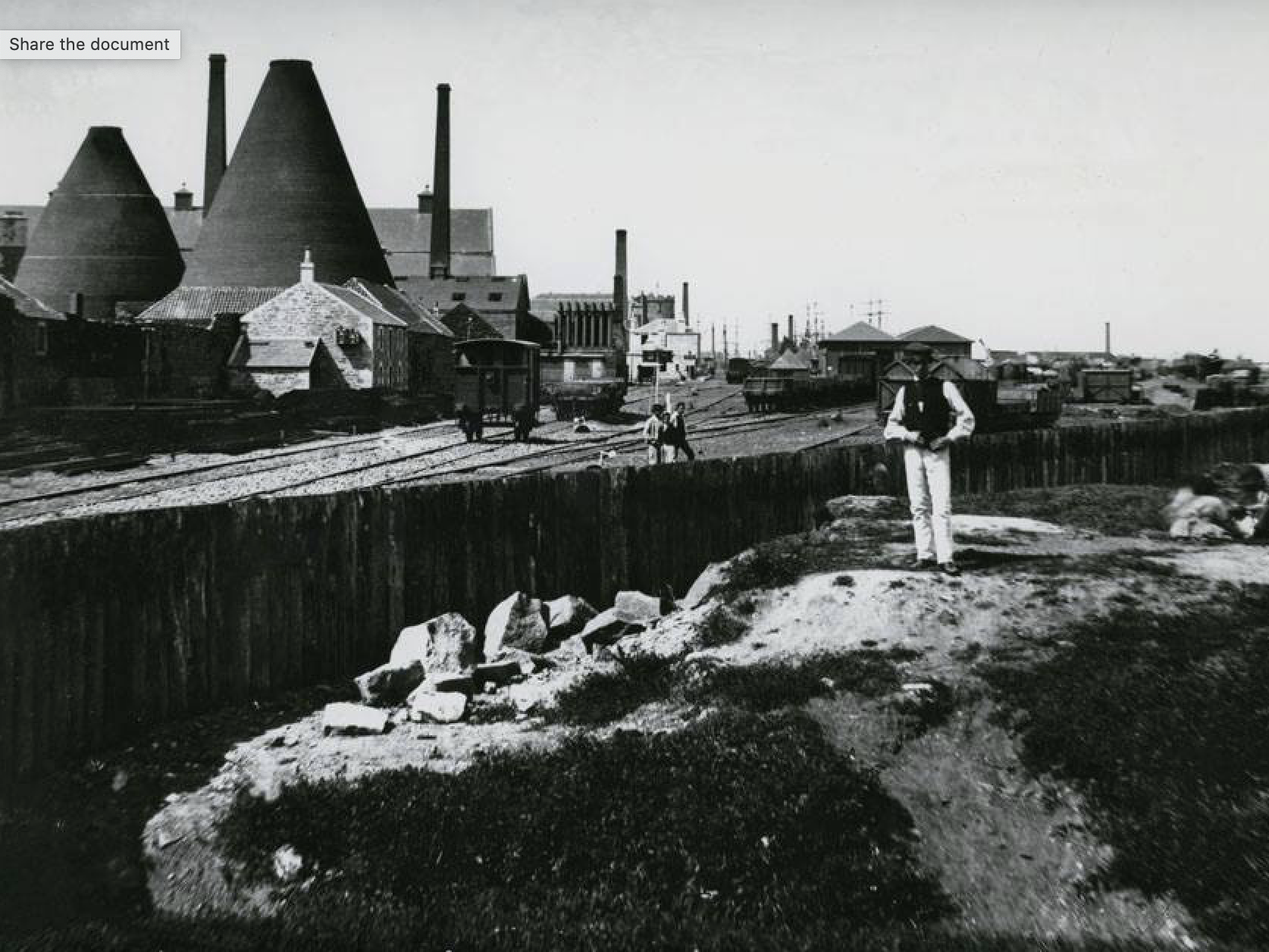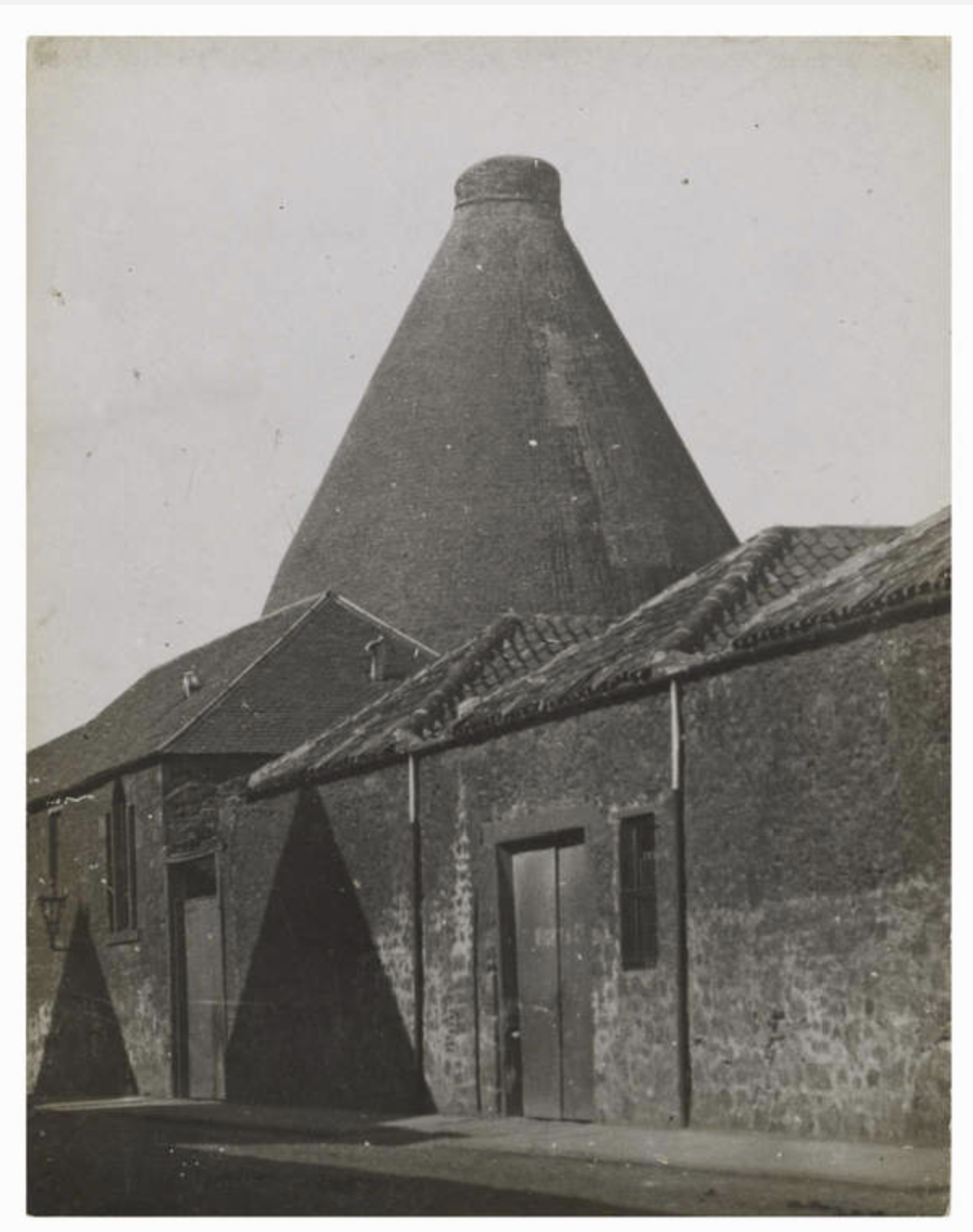Day 94
Leith & the Wine Trade
While Leith’s history to the whisky industry has been catalogued in Day 91, Leith also played an integral role in the history of wine as well. Recently, new archaeological discoveries uncovered remnants of a huge glassworks facility near Salamander Street that brings further light to Leith’s glassworks industry and its tie to the wine trade. Leith also seems to have a claim on the design of the modern wine bottle.
Leith was the main entry point for wine, port, and sherry coming from France, Portugal, and Spain over the centuries. It is said that wine has been brought in from overseas into Leith since the 12th century. In 1295, France and Scotland created an Auld alliance, sharing a mutual aim to minimise England’s power and expansion by helping each other out both militarily, politically, and economically. A benefit of this alliance was that Scotland for centuries had privileged access to many of France’s finest wines, and Claret soon became one of Scotland’s more cherished drinks of choice. Leith often traded back and forth with French towns such as Bordeaux, Rouen, Rochelle, and Dieppe. Scotland offered up its much sought-after cured fish, wool, horses, furs and hides for France’s silks, cloths, and, of course, wine. Ever since these early years, Leith became one of Britain’s most important wine ports second only to London.
As these high-demand libations entered Leith’s port in wooden barrels on ships, the wine would then need to be clarified and bottled. Because of such, a booming glass manufacturing industry in Leith soon developed. Glass production was known to have started in Leith as early as 1682, and it ultimately specialised in wine and whisky bottles. The Leith area was particularly conducive for the glassworks industry as it provided large natural quantities of sand and seaweed, core ingredients in the production of glass during this time. This work helped Leith secure an important role within the international wine trade throughout the 18th and 19th centuries.
Salamander Street became an important area for the industry, home of The Edinburgh and Leith Glass Works. The naming of the street is often tied to this glassblowing activity, as medieval folklore suggests the salamander is a fire-proof amphibian. The first glass works factory was built in the Salamander Street area around 1747. According to local historian and tour guide, Fraser Parkinson, at its heyday around 1770, Leith was producing over 1 million bottles a week. The Edinburgh and Leith Glass Works possessed many large cone chimney-structures (as many as 6), ranging in height from 80-100 feet, and they became a recognisable part of the skyline of Leith. The glass industry slowed at the end of the 18th century, when the American colonies broke away from Britain, bringing trade to the USA to a halt, but these Leith-based glassworks operations still remained intact until around 1912.
In April 2020, the AOC Archaeology Group was excavating in an old timber yard near the Salamander Street area and found the remains of at least two of the cone furnace structures that were part of this former massive glassworks facility. They also found remnants of stone and brick walls, floors, and glass materials dumped in the area as well. According to John Lawson, head of Edinburgh Council Archaeology Services, “We [seem] to have at least one dump of 19th-century wine bottles." The bottles created in Leith during this period are said to resemble the most popular style of modern wine bottles today. According to Parkinson, who discovered the following passage from 19th-century writer, James Grant, “The Leith pattern bottle is the parallel-sided, spherical-shouldered, slender-neck bottle now dominant in just the wine field.”
Images sourced from Capital Collections and AOC Archeology.
Information sourced from Edinburgh Evening News and The Story of Leith by John Russell (1922)







